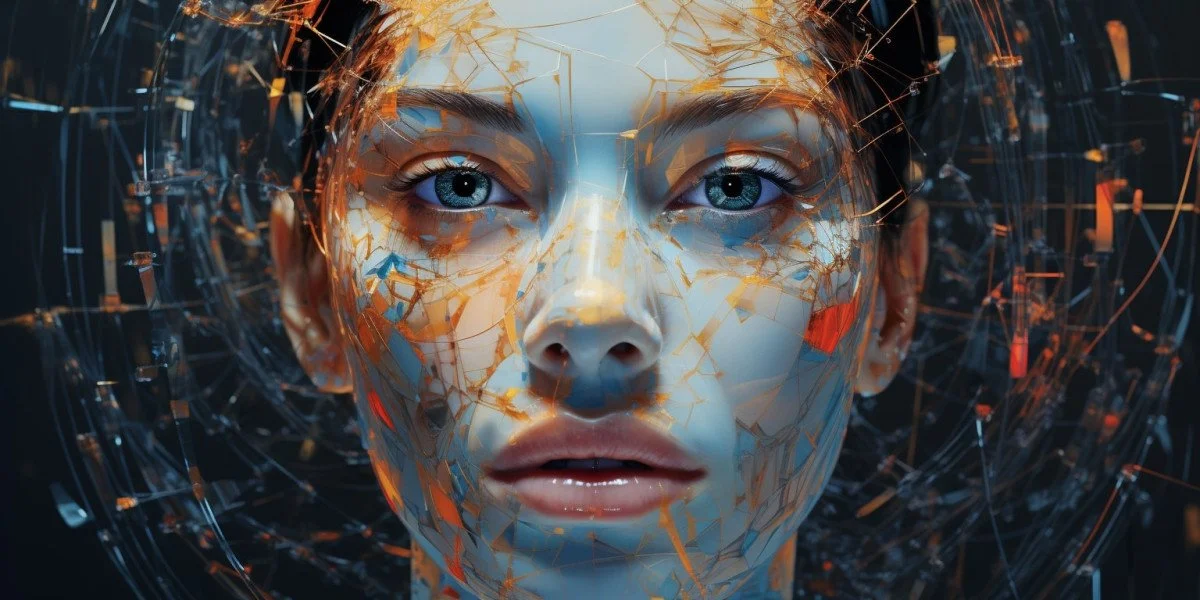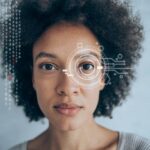And here’s another big story on Deepfakes causing huge losses. Crypto Lala of Quant Matter is left distressed and shocked on losing 11 million worth of OKX within 25 minutes without a 2-Factor Authentication or an email warning. Crypto Lala himself said he can’t believe what just happened and is blaming an AI deepfake attack that easily bypassed every security and identity verification check. The Founder of OKX Star Xu said that ‘coin stealing hacking gang’ is responsible for repetitive online deepfakes that are aggressively used for hacking and stealing crypto.
The above case is just one out of hundreds of deepfake attack cases that go undetected or are detected late.
In this blog, we will guide you about how online deepfake detection works and what measures are taken by identity verification solutions including the use of deepfake image detection that employs AI and machine learning models in facial recognition.
Deepfakes Overview
Deepfakes are highly realistic manipulative images and voices that resemble a real person. Deepfakes are mostly created through Artificial Intelligence (AI). The primary intention of deepfake creation was to test the ability of AI algorithms in mimicking a real human for useful purposes like online marketing, news broadcasting, etc. Now almost 90% of deepfakes are created for negative purposes like online identity theft, hacking or stealing crypto assets.
What is Deepfake Detection?
Deepfake Detection is a high-tech process of identifying and detecting deepfakes in an image, a video or voice presented to the identity verification system.
Elements of Online Deepfake Detection
Deepfake Detection Online primarily requires a sophisticated and advanced identity verification system that is equipped with AI spoof detection algorithms. It is a systematic approach to cater the issue of fraud mitigation through deepfake images and videos that are causing huge losses to people.
Here are a few necessary elements of an online deepfake detection program.
-
Biometric Identity Verification with Liveness Detection
The most important element for the deepfake detection is Biometric Identity Proofing system. It is the most important requirement in which the biometric features of human individuals are identified uniquely. It includes:
- Facial Recognition
- Fingerprint Scanning
- Voice Recognition
- Iris or Retina Scanning
Amongst the above mentioned biometric technologies, Facial recognition alongside Iris and Retina Scanning are considered to be the most vulnerable to the deepfake creation but at the same time it is the most difficult one to spoof as well. It is due to the unique facial features and eye anatomy that is used to identify users.
Facial Recognition requires Liveness Detection which confirms that a real person’s face is presented to the system for Identity verification. AI algorithms empower facial recognition to speedily and accurately detect any deepfake injection attack in a video call or a facial image.
Liveness Detection had further 2 main types:
- Active Liveness
- Passive Liveness
-
Decentralized Data Storage
A decentralized database is important for secure and swift accessibility of identity data of users. Blockchain is now considered a vital part of deepfake detection as it offers secure and fast access to digital facial identities. It is difficult to crack into a Blockchain due to the decentralization of data storage in different connected data storage facilities.
-
Regulatory Compliance
The deepfake detection system must be compliant to the regulatory requirements of the jurisdiction it is used in. It is to ensure that deepfake detection is practically supporting the law enforcement and regulatory agencies and contributing in mitigation of deepfake threat to the financial ecosystem.
-
Artificial Intelligence (AI)
Since deepfakes are created using AI and Machine Learning using GAN (Generative Adversarial Network), CNN (Convolutional Neural Network) and other models, it is imperative to use AI technology and upgrade the anti-deepfake systems as well. The detection of Deepfakes becomes highly accurate using AI models and reverse engineering methods especially by a third party facial recognition service provider.
How Deepfake Detection Works?
Online Deepfake Detection having the above 4 elements uses facial liveness checks during the identity validation procedure.
When a user submits his face photo to the system using selfie camera or by any other means, the system verifies different elements of liveness for example,
- It checks the depth of facial features under different angles.
- It checks the lighting condition and reality of the face.
- It confirms the age, facial hair and other parameters.
- It ensures that no mask is used or no deepfake model has spoofed the facial image.
If a deepfake is detected, the system automatically raises a red flag and doesn’t let the user through. Instead it reports highly sensitive and risky profiles to the authorities to protect legitimate users of the same service.
Conclusion
Concluding this blog, we urge the businesses to employ a facial recognition solution that employs a highly accurate and fast liveness detection mechanism as deepfake detection has become the need of the time. Every 5 seconds, a deepfake photo is uploaded somewhere on the internet and tries to falsely login to a digital identity. Deepfakes detection online needs facial identity proofing that can prevent these spoofing attempts and allows safe user access to the services.


